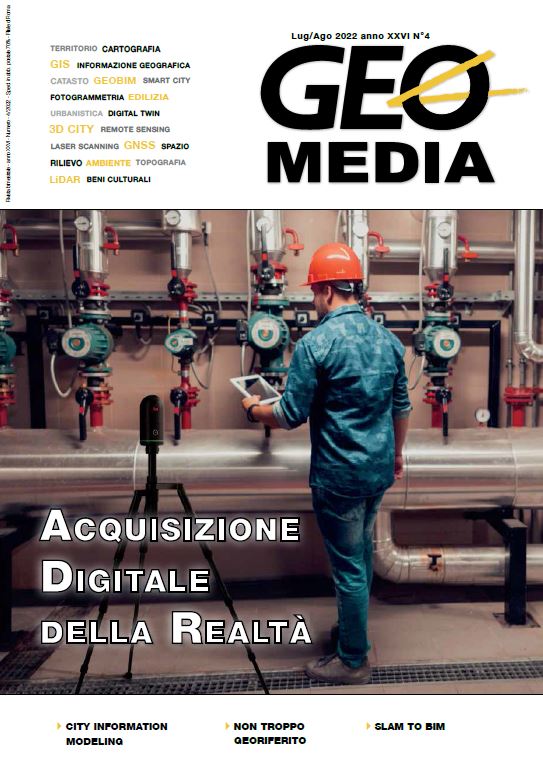Il City Information Modeling (CIM) nelle piattaforme decisionali urbane
Parole chiave:
CIM, BIM, GIS, smart city, ISOAbstract
To evaluate how the CIM contributes to improving public services and the quality of life of citizens, studies conducted by some authors have analyzed the international standard ISO 37120 - Sustainable cities and communities - Indicators for
city services and quality of life and City Information Modeling (CIM) data that can be used to obtain useful data for ISO indicators 37120. The CIM paradigm, understood as an approach to a global model of the city, must absolutely be formed
by the incorporation of BIM models of buildings that have a geographical insertion in the reference system in use. In this way all the data relating to the cities will be available and attached to the georeferenced representations of the buildings present
in the CIM database.
Riferimenti bibliografici
[XU2014] Xun Xu, Lieyun Ding, Hanbin Luo, Ling Ma (2014). From building
information modeling to city information modeling, Journal of Information
Technology in Construction (ITcon), Special Issue BIM Cloud-Based Technology in
the AEC Sector: Present Status and Future Trends, Vol. 19, pg. 292-307, http://www.
itcon.org/2014/17.
[XU2021] Xu, Zhen, Mingzhu Qi, Yingying Wu, Xintian Hao, and Yajun Yang.
City Information Modeling: State of the Art Applied Sciences 11, no. 19:
https://doi.org/10.3390/app11199333.
[DANTAS2019] H S Dantas, J M M S Sousa and H C Melo, The Importance of
City Information Modeling (CIM) for Cities' Sustainability, IOP Conf. Ser.: Earth
Environ. Sci. 225 012074.
##submission.downloads##
Pubblicato
Come citare
Fascicolo
Sezione
Licenza

Questo lavoro è fornito con la licenza Creative Commons Attribuzione - Non commerciale - Condividi allo stesso modo 4.0 Internazionale.
Gli autori che pubblicano su questa rivista accettano le seguenti condizioni:- Gli autori mantengono i diritti sulla loro opera e cedono alla rivista il diritto di prima pubblicazione dell'opera, contemporaneamente licenziata sotto una Licenza Creative Commons - Attribuzione che permette ad altri di condividere l'opera indicando la paternità intellettuale e la prima pubblicazione su questa rivista.
- Gli autori possono aderire ad altri accordi di licenza non esclusiva per la distribuzione della versione dell'opera pubblicata (es. depositarla in un archivio istituzionale o pubblicarla in una monografia), a patto di indicare che la prima pubblicazione è avvenuta su questa rivista.
- Gli autori possono diffondere la loro opera online (es. in repository istituzionali o nel loro sito web) prima e durante il processo di submission, poiché può portare a scambi produttivi e aumentare le citazioni dell'opera pubblicata (Vedi The Effect of Open Access).





